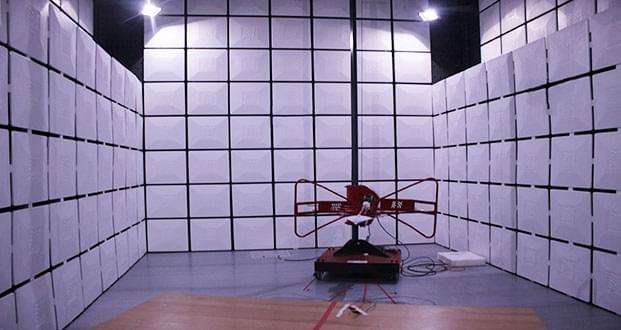Brief introduction of EMC test
Author:STONG Source:STONG Browse:60 Date:2018-02-28
EMC is the full name "Electro Magnetic Compatibility". Electromagnetic compatibility testing refers to the ability of devices or systems to work normally in their electromagnetic environment and not to be able to constitute electromagnetic disturbances that cannot be borne by any thing in the environment. EMC is an important index to evaluate the quality of the product.

The main classification of EMC tests is:
1.EMI (Electro-Magnetic Interference) - Electromagnetic harassment test
The purpose of this test is to detect the effects of electromagnetic radiation produced by electrical products on the human body, the public grid and other normal operating electrical appliances.
What is the main content of the EMI test?
1, Radiated Emission radiation emission test
2, Conducted Emission conducted emission test
3, Harmonic harmonic current disturbance test
4, Flicker voltage change and flicker test
2. EMS (Electro-Magnetic Susceptibility) - electromagnetic interference test
The purpose of this test is to determine whether electrical products can work steadily in the electromagnetic environment without being affected.
What is the main content of the EMS test?
1, ESD - static immunity test
2, RS - radiofrequency electromagnetic field radiation immunity test
Test of disturbance rejection of 3, CS - radio frequency field induced disturbance
4, DIP voltage sags, short-time interruption and voltage variation resistance test
5, SURGE - surge (impact) disturbance test
6, EFT - electric fast transient pulse group immunity test
7, PFMF - power frequency magnetic field immunity test
The definition of spurious: refers to the radiation at the discrete frequency of the standard test signal modulation in addition to the carrier frequency and the sideband and adjacent channel caused by normal modulation and handover transients (both the far end radiation). The stray radiation can be divided into two types, the conduction type and the radiation type according to its source.
Conduction stray: the level power of any discrete signal measured at the 50 ohm load at the junction of the antenna.
Radiation stray: test equipment's shell, structure and interconnect cable caused by stray harassment. The test conditions are first preferred in the dark room, or outdoors.
- Share
-







 STONG WeChat
STONG WeChat